Inventory, description and promotion
Professors Xavier Hermand and Jean-François Nieus (PraME Research Center, History Department) have launched an ambitious project to inventory, describe and promote the BUMP's medieval heritage. The BUMP houses a rich collection of both "library" manuscripts and archival documents, of various types and origins, covering a wide chronological window (9th-16th century). Despite its undeniable interest, this heritage remains little-known, having never been the subject of a specific study. The research project launched by the PraME center, in collaboration with the BUMP and with the support of the charitable foundation Institut Moretus Plantin, will enable scientists and the general public to discover the existence and interest of these manuscripts.
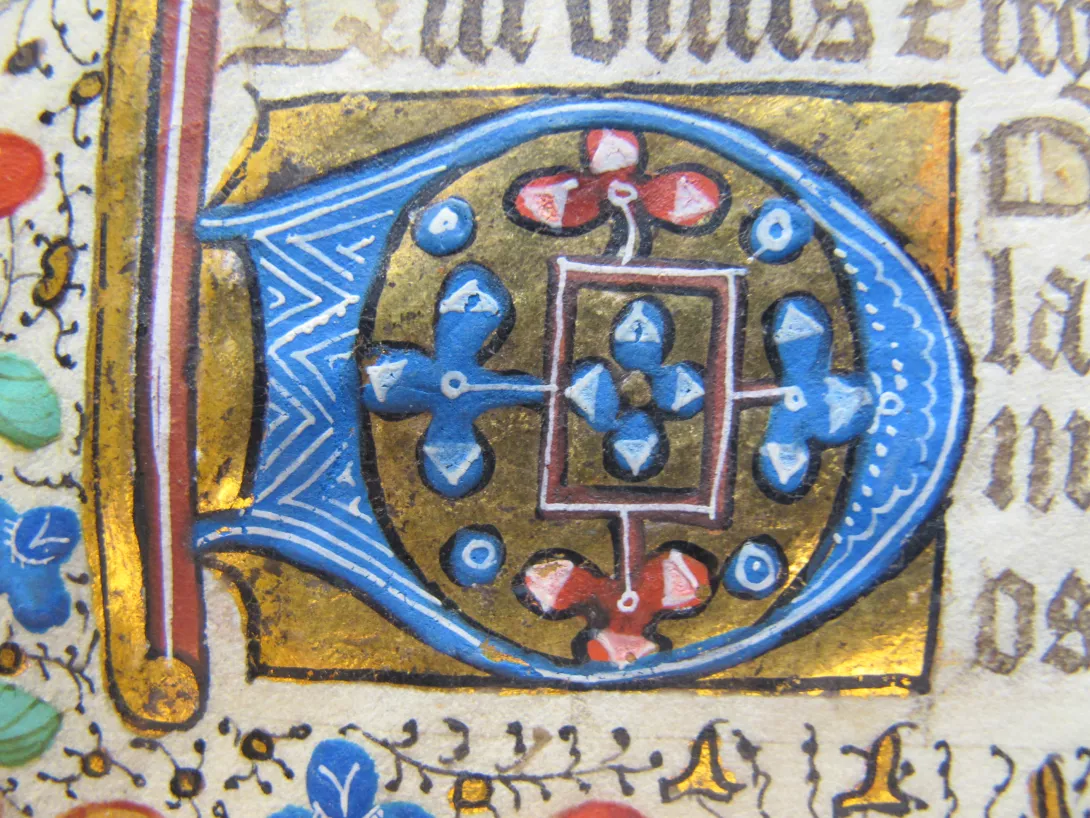
Nicolas Michel, a post-doctoral researcher at the Centre PraME, has been in charge of the first phase of the project, which involves the inventory and analysis of medieval parchments, both complete and fragmentary. "The BUMP holds some fifteen complete manuscripts, with a wide variety of content: liturgical works, normative texts, collections of academic disputes, etc." explains Nicolas Michel. "The collection contains several nuggets, such as a rare manuscript of the rule of the Camaldules (a monastic order founded in the 10th century), dating from the 13th century, or, more recently, Roland Bournel's treatise on heraldry, of which only 5 manuscript copies dating from the 16th century are known in the world. The Namur codex is still completely unknown to scientists. These codexes will be the subject of specific surveys, but will also be promoted on Neptun, the BUMP's digital portal.
Manuscript fragments, witnesses to the history of books
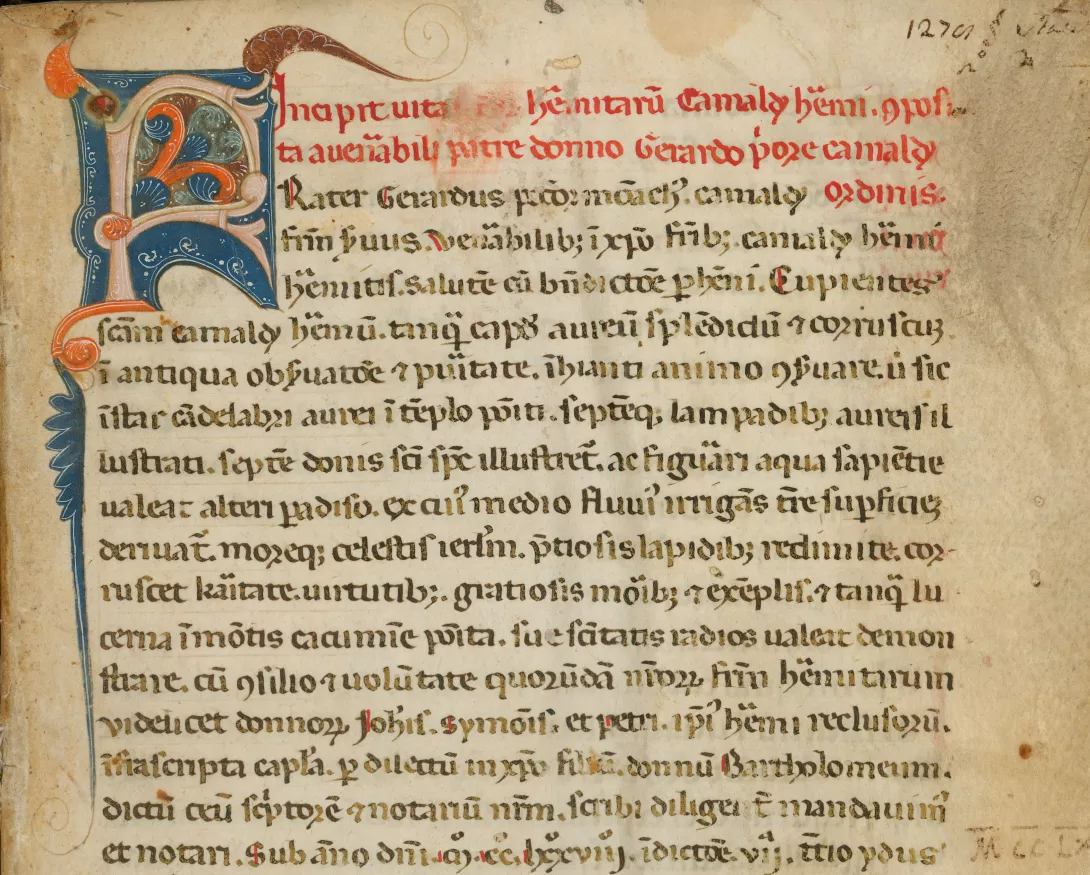
Nicolas Michel's attention is also drawn to manuscript fragments cut up and "recycled" by their owners in the 16th and 17th centuries, at a time when printing on paper was taking over from copying texts by pen and parchment. "Leaves, half-leaves or strips of manuscript were inserted at various points in the binding of the printed book to reinforce it". 150 fragments had already been identified by Thomas Falmagne, researcher at the Bibliothèque nationale du Luxembourg and regular contributor to the PraME center, and a further 30 were found by Nicolas Michel. With the vast majority of manuscripts transcribed in the Middle Ages having disappeared, these fragments are unique witnesses to the culture of the written word, revealing the existence of texts and the copyists who brought them to life.
The inventory already hints at the full potential of the research, with great typological diversity: "Where one would have expected to find a large quantity of liturgical manuscripts - missals, breviaries, books of hours - we find a quarter, or even a third, of academic texts, essentially of a legal nature, commentaries on canon law and pontifical decretals. We also find a fragment of a Bible in Middle Dutch from the 13th-14th centuries, a Lancelot in prose from the mid-third quarter of the 13th century, whose text diverges from the reference edition, and a few medical or pseudo-alchemical texts..." continues Nicolas Michel. A diversity that raises questions: "Even if studies are emerging, we still have little understanding of the criteria that drive individuals to choose such and such manuscripts for recycling. Where do they come from? Is there a link between the text copied from the manuscript and the theme of the book in which it fits? Several fragments are proving exceptional, such as that of a pontifical breviary dating from the first half of the 9th century: "Only 8,000 to 10,000 manuscripts dating from before the year 1000 are preserved in the world. Every witness is therefore interesting", explains the researcher.
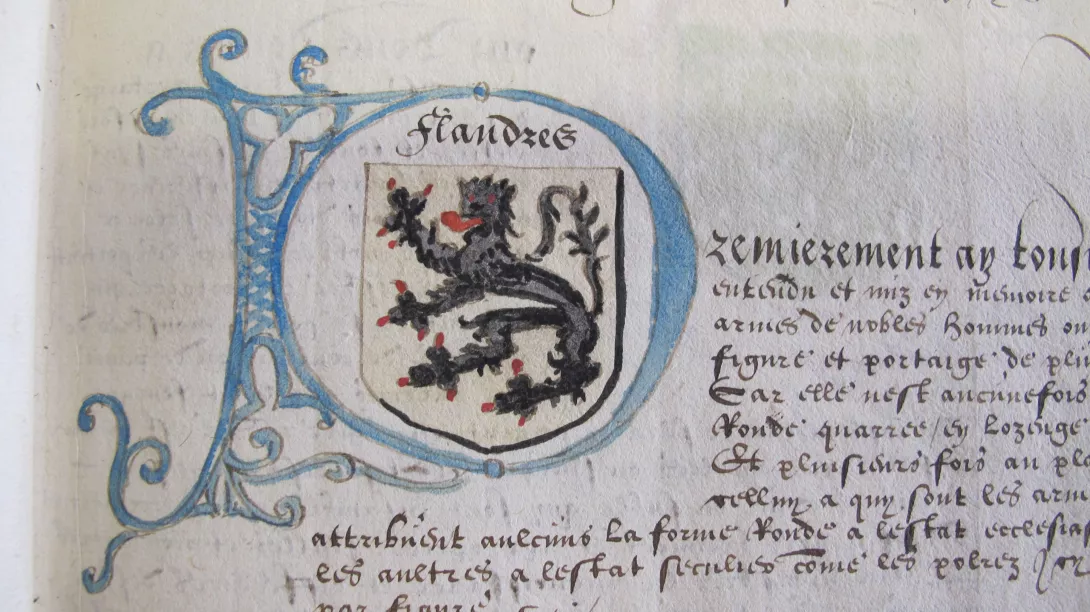
A European dimension
This project is part of a worldwide dynamic of research into manuscript fragments. The BUMP is the first university library in the Wallonia-Brussels Federation to participate in Fragmentarium - Digital Research Laboratory for Medieval Manuscript Fragments. This database, launched by the University of Fribourg, provides access to almost 5,000 manuscript fragments identified by scientists. Fragmentarium is equipped with a search tool that brings together parts of the same manuscript scattered in the bindings of volumes preserved around the world. The 180 Namur fragments will soon join this platform. "It's a mutually beneficial collaboration: we carry out the identification work, the descriptive scientific note of the text and the digitization; Fragmentarium carries out, if possible, a reconstitution and provides access to this enormous database", concludes Nicolas Michel.
Next step: archival documents
After inventorying, describing, digitizing and encoding the fragments in the European database, the project will produce a catalog of the complete manuscripts and promote them on Neptun. At the beginning of 2024, analysis of the archival writings will begin, with the arrival of Romain Waroquier, currently a doctoral researcher at the Centre PraME, who will contribute his complementary expertise. The project will continue until 2025, thanks to the support of the Moretus Plantin Institute. Stay tuned!
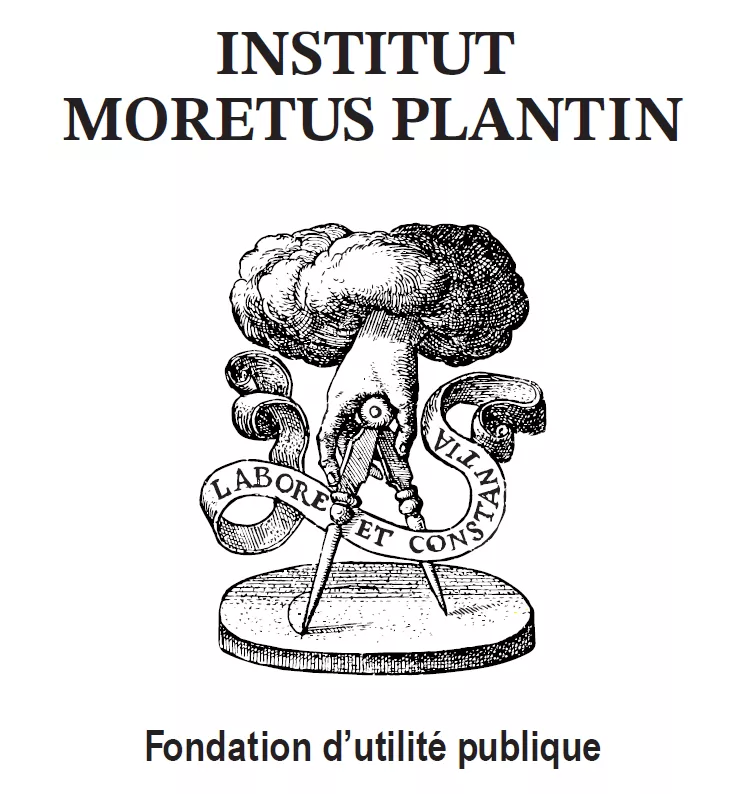
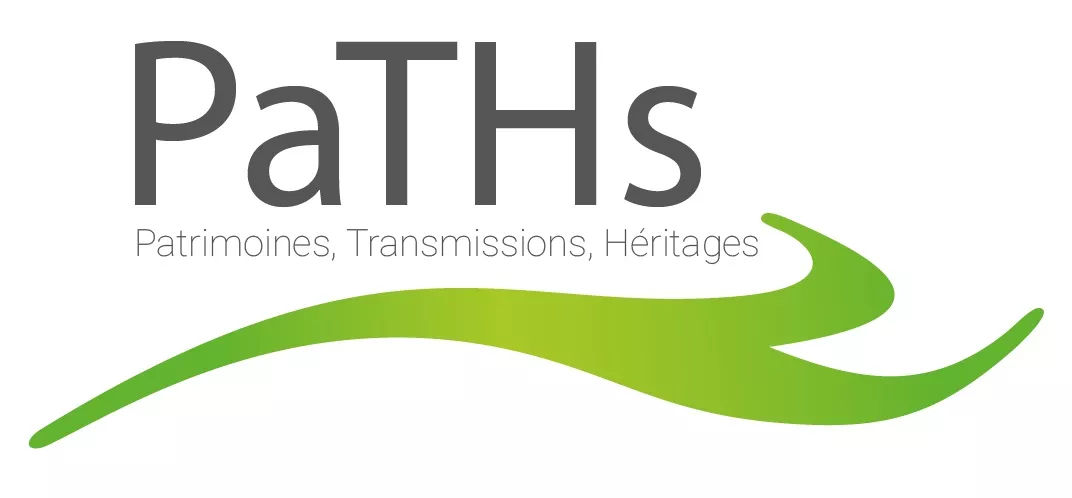
The PaTHs institute
The Patrimoines, Transmissions, Heritage institute (PaTHs) is a federation of research centres and groups that have sprung up in and around UNamur's Faculty of Philosophy and Humanities.
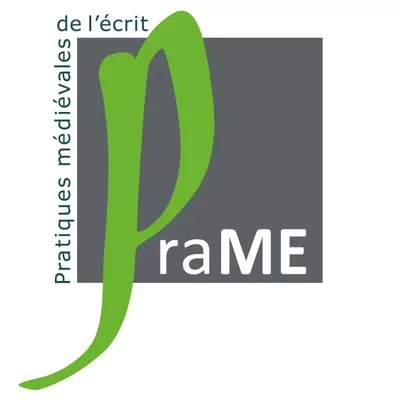
The PraME center
The 'Medieval practices in writing' research centre at the University of Namur brings together around twenty researchers who devote their work to the many facets of writing in 'Latin' Europe during the long Middle Ages, from the end of the Roman Empire to the first Renaissance.
